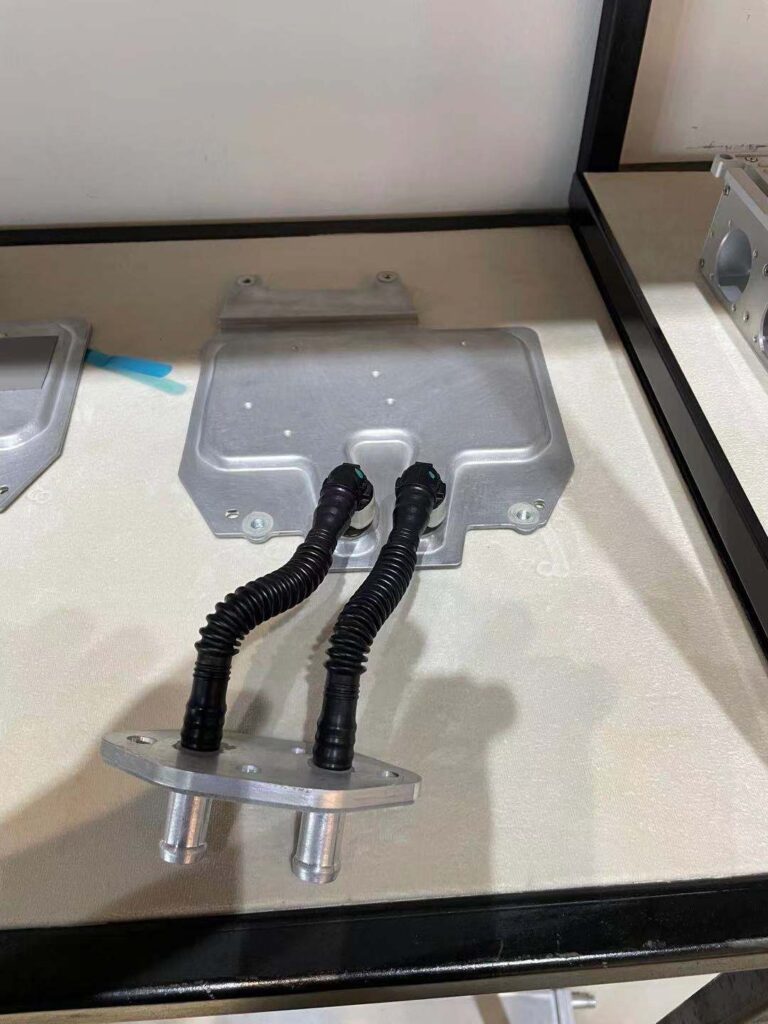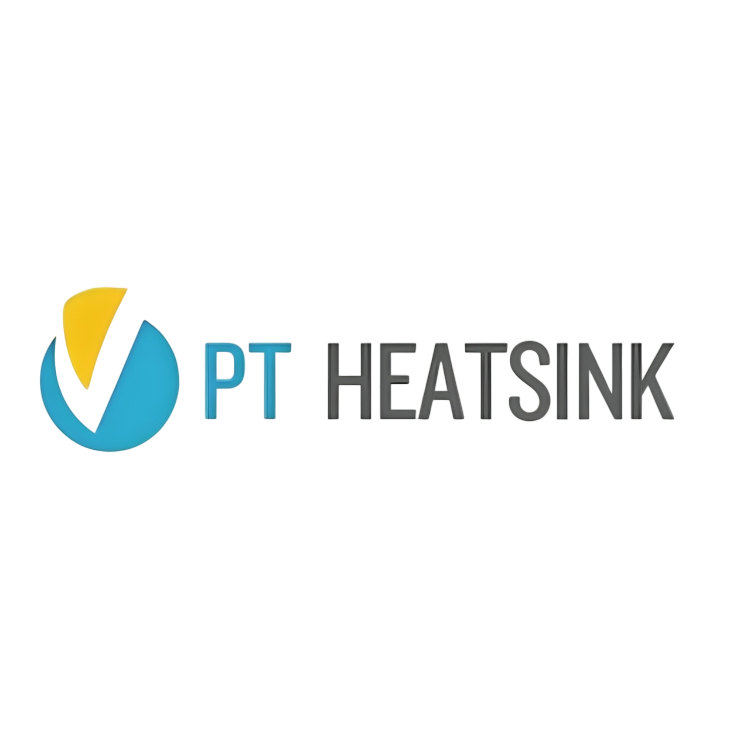
Selecting the right cooling system is a critical decision for businesses, impacting operational efficiency, cost-effectiveness, and long-term sustainability. Cooling systems are vital in a wide array of industries, from manufacturing to data centers, where maintaining the right temperature ensures the smooth functioning of machinery and prevents costly downtime. With so many cooling techniques available, understanding which solution is best suited for your business needs is essential for optimizing performance, lowering energy consumption, and ensuring regulatory compliance.
Understanding Different Cooling Systems
When evaluating cooling techniques, businesses need to assess the range of options available to meet their specific operational requirements. The three most common cooling systems include air cooling, liquid cooling, and evaporative cooling, each of which offers distinct advantages based on the industrial environment and heat load.
Air Cooling
Air cooling is one of the most widely used methods due to its simplicity and low upfront cost. This system uses fans or blowers to move air across a surface to remove heat. Air cooling is ideal for environments where heat loads are relatively low, and the ambient air can effectively absorb and dissipate heat. This technique is often applied in smaller businesses or locations with moderate cooling demands.
However, air cooling can be less efficient in high-heat environments, as its effectiveness diminishes in extreme conditions. It also tends to consume more energy when used to cool larger facilities, which can lead to higher operating costs over time.
Liquid Cooling
Liquid cooling systems use a fluid medium, such as water or refrigerants, to transfer heat away from machinery. These systems are highly efficient and are often used in industries where precise temperature control is essential, such as in data centers or high-performance manufacturing plants. Liquid cooling provides better thermal management solutions than air cooling, especially in environments with high heat loads, as water can absorb and dissipate heat more effectively than air.
Though liquid cooling offers enhanced performance, it requires a more complex setup, including pumps, pipes, and heat exchangers, making installation and maintenance more expensive compared to air cooling systems.
Evaporative Cooling
Evaporative cooling leverages the natural process of water evaporation to reduce air temperature. As air passes through wet cooling pads, it is cooled before being circulated in the environment. This method is energy-efficient and environmentally friendly, making it a popular choice for businesses that prioritize sustainability.
Evaporative cooling works best in dry climates where low humidity enhances the cooling effect. However, it may not be suitable for industries located in humid environments, as the system’s effectiveness decreases when the air is already saturated with moisture.
Factors to Consider When Choosing a Cooling System
Selecting the best cooling technique for your business involves several important factors, each of which can influence operational efficiency, costs, and long-term system reliability.
Heat Load Calculation and Environmental Impact
Understanding your facility’s heat load is the first step in choosing an appropriate cooling system. Heat load refers to the amount of heat energy that must be removed to maintain a stable temperature in a space. A precise heat load calculation helps determine the cooling capacity required and ensures that the system you select is capable of managing your business’s cooling demands efficiently.
Additionally, businesses must consider the environmental impact of their cooling system. Cooling solutions that use harmful refrigerants or consume large amounts of energy may contribute to higher carbon emissions, negatively affecting your company’s sustainability goals. Opting for energy-efficient systems or those utilizing eco-friendly technologies can reduce your environmental footprint.
Energy Efficiency and Smart Technologies
Energy efficiency is a key consideration for businesses looking to optimize their operational costs. Modern cooling systems now incorporate smart technologies that allow for more precise control over temperature regulation, reducing unnecessary energy use. For instance, variable speed drives adjust the cooling system’s performance based on real-time demand, offering significant energy savings.
In addition to energy efficiency, some systems offer the potential for energy recovery. Thermal energy storage solutions, for example, allow businesses to store excess cooling energy during off-peak hours and use it when demand is higher, further reducing energy costs and optimizing system performance.
Maintenance Requirements and System Reliability
Cooling systems are essential to maintaining smooth operations, which means that reliability and ease of maintenance should be top priorities. Systems that require frequent maintenance or are prone to breakdowns can lead to costly downtime and decreased productivity. It’s important to select a cooling system with a proven track record for reliability and ensure that regular maintenance is part of your operations strategy.
Reliable cooling solutions are also important for preventing overheating and ensuring thermal management across various business operations, which can directly impact productivity and system longevity.
Advanced Cooling Technologies

As technology advances, more businesses are turning to innovative cooling solutions that offer enhanced performance, greater flexibility, and reduced environmental impact.
Portable Chillers
Portable chillers are compact, mobile cooling units that offer flexibility for businesses with fluctuating cooling needs. These chillers can be easily transported between different areas of a facility, providing spot cooling where needed. They are commonly used in industries that experience seasonal shifts in temperature or in applications where temporary cooling solutions are required.
Cooling Towers
Cooling towers are commonly used in large-scale industrial applications to dissipate heat. They are available in two main types:
- Fiberglass cooling towers: Lightweight and corrosion-resistant, these towers are ideal for environments where chemical exposure is a concern.
- Steel galvanized cooling towers: Durable and cost-effective, steel towers offer high performance in environments where cooling demands are constant.
Both options offer significant cooling capacity and are ideal for industries such as power generation, chemical processing, and manufacturing.
Absorption Chillers
Absorption chillers use heat as their primary energy source, making them an excellent choice for industries that produce waste heat or have access to renewable energy sources. These chillers offer a highly efficient cooling solution by converting waste heat into cooling energy, reducing overall energy consumption and environmental impact.
By adopting advanced cooling systems like these, businesses can significantly improve their thermal management solutions while also reducing energy costs and environmental impact.
Cost Considerations and ROI
When investing in a cooling system, it’s important to balance upfront costs with long-term savings. While advanced systems like liquid cooling or absorption chillers may require higher initial investments, they often deliver substantial energy savings over time, resulting in a positive return on investment (ROI).
Businesses should also explore available incentives and rebates for installing energy-efficient cooling systems. Many governments and utility companies offer financial incentives to encourage businesses to adopt eco-friendly and energy-efficient technologies. Additionally, refurbished systems or units with high energy efficiency ratings can provide cost-effective alternatives for businesses on a budget.
Installation and Maintenance Best Practices
Proper installation is critical to the performance and longevity of any cooling system. Engaging qualified professionals ensures that your system is correctly installed, minimizing the risk of operational issues or inefficiencies.
Maintenance is equally important. Regular inspections, cleaning, and performance checks can prevent unexpected breakdowns and ensure that your cooling system operates at peak efficiency. Maintenance schedules should be based on the specific type of cooling system and its operating conditions to maximize system life and avoid costly repairs.
Regulations and Compliance
Compliance with relevant environmental and safety regulations is essential when selecting a cooling system. Many countries have stringent regulations governing refrigerant use, energy consumption, and environmental impact. For example, regulations like the U.S. Environmental Protection Agency’s (EPA) Clean Air Act impose strict controls on refrigerants that contribute to ozone depletion and global warming.
Businesses must ensure that their cooling system complies with local and international standards, not only to avoid penalties but also to support sustainable operations.
Selecting the right cooling system is a vital part of maintaining efficient and cost-effective business operations. From air cooling and liquid cooling to advanced solutions like cooling towers and portable chillers, businesses have a wide range of options to suit their specific cooling techniques and operational needs.
Ensuring proper installation, maintenance, and compliance with environmental standards is key to maximizing system performance and extending the lifespan of your cooling solution. Consulting with our experts at PT Heat Sink allows businesses to explore their options and select the most suitable cooling system for their specific needs.
FAQs
1. How do I determine which cooling technique is best for my business?
Choosing the right cooling technique depends on factors like heat load, operational environment, and energy efficiency. A thorough heat load calculation can help identify the system that best fits your needs.
2. What are the benefits of liquid cooling over air cooling?
Liquid cooling offers better heat dissipation and precise temperature control, making it ideal for high-performance environments like data centers or manufacturing facilities.
3. How does evaporative cooling work in humid climates?
Evaporative cooling is less effective in humid climates since the air is already saturated with moisture, reducing the system’s ability to cool the environment.
4. How can I ensure my cooling system remains energy-efficient?
Regular maintenance, the use of smart technologies like variable speed drives, and ensuring proper installation are essential for maintaining energy efficiency in your cooling system.
5. Can PT Heat Sink help with custom cooling solutions?
Yes, PT Heat Sink specializes in providing customized thermal management solutions for businesses across various industries, helping to optimize cooling systems based on specific operational needs.
